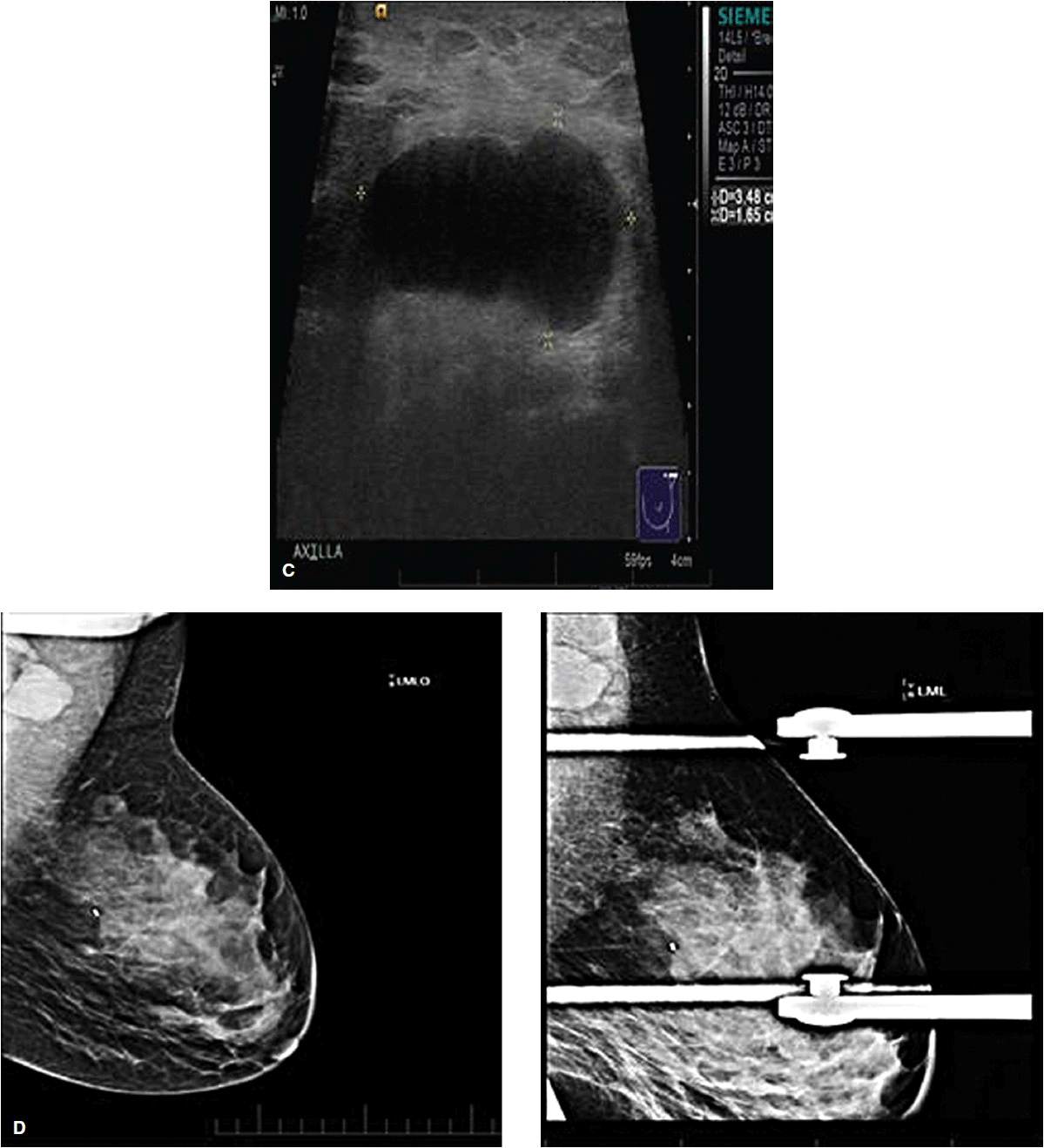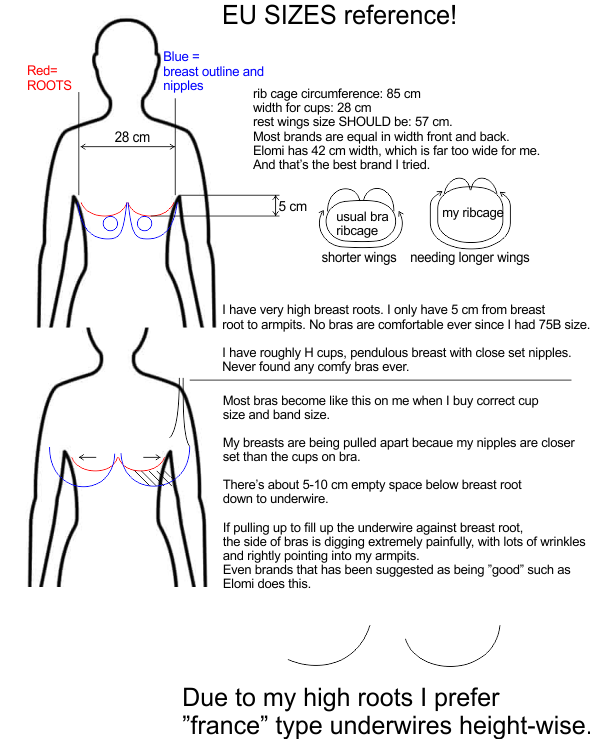
Objectives This article reviews our experience and describes the literature findings of granulomatous diseases of the breast and axilla. Methods After approval of the Institutional Review Board was obtained, the surgical pathological records from January 2000 to January 2017 were searched for the keyword granulomatous. Clinical, imaging and histology findings were reviewed by both a fellowship-trained radiologist and a breast-imaging consultant radiologist, reviewing 127 patients (age range, 32–86 years; 126 women and 1 man). Results Most common causes of granulomatous lesions of the breast and axilla included silicone granulomas 33% (n = 42), fat necrosis 29% (n = 37) and suture granulomas 11% (n = 14). In 16% (n = 20), no cause could be found and clinical history was consistent with idiopathic granulomatous mastitis. Other granulomatous aetiologies included granulomatous infections, sarcoidosis and Sjögren’s syndrome. Causes of axillary granulomatous disease were similar to the breast; however, a case of cat-scratch disease was found that only involved the axillary lymph nodes. They can have a variable appearance on imaging and may mimic malignancy with irregular masses seen on mammography, ultrasound and magnetic resonance imaging. Fistulas to the skin and nipple retraction can suggest chronicity and a granulomatous aetiology. Combination of clinical history, laboratory and imaging findings can be diagnostic. Conclusions Granulomatous processes of the breast are rare. The diagnosis can, however, be made if there is relevant history (prior trauma, silicone breast implants, lactation), laboratory (systemic or infectious processes) and imaging findings (fistula, nipple retraction). Recognising these entities is important for establishing pathological concordance after biopsy and for preventing unnecessary treatment. Teaching points Breast granulomatous are rare but can mimic breast carcinoma on imaging Imaging with clinical and laboratory findings can correctly diagnosis specific granulomatous breast diseases Recognition of the imaging findings allows appropriate pathological concordance and treatment

PDF) Breast disease in the pregnant and lactating patient
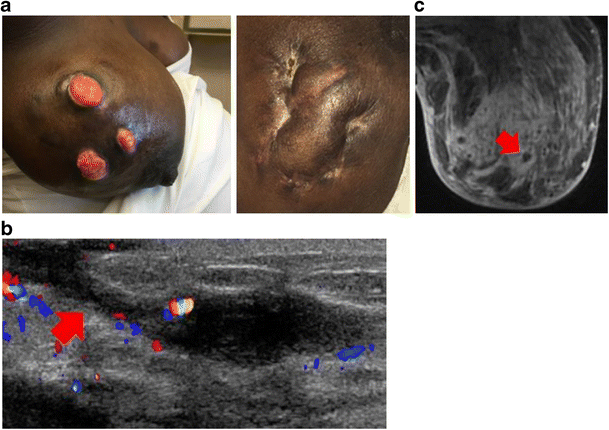
Granulomatous diseases of the breast and axilla: radiological

Noninfectious Granulomatous Diseases of the Chest
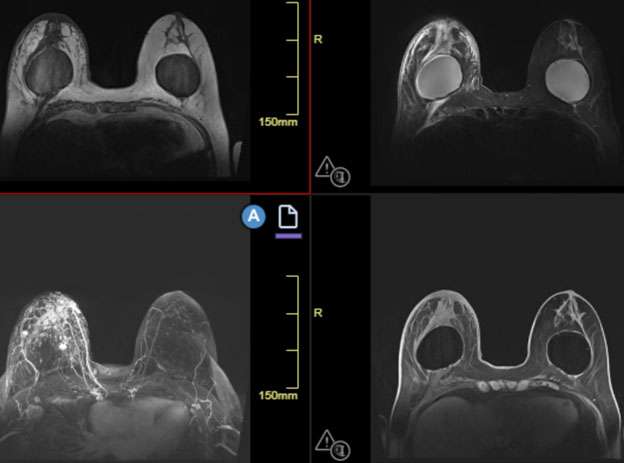
Skin Changes of the Breast - Radiology

Value of FNAC in abnormal axillary lymph nodes with non specific

MLO spot compression mammogram of a palpable axillary lump in a

Radiology–Pathology Correlation: Inflammatory Conditions of the

Mimickers of breast malignancy: imaging findings, pathologic
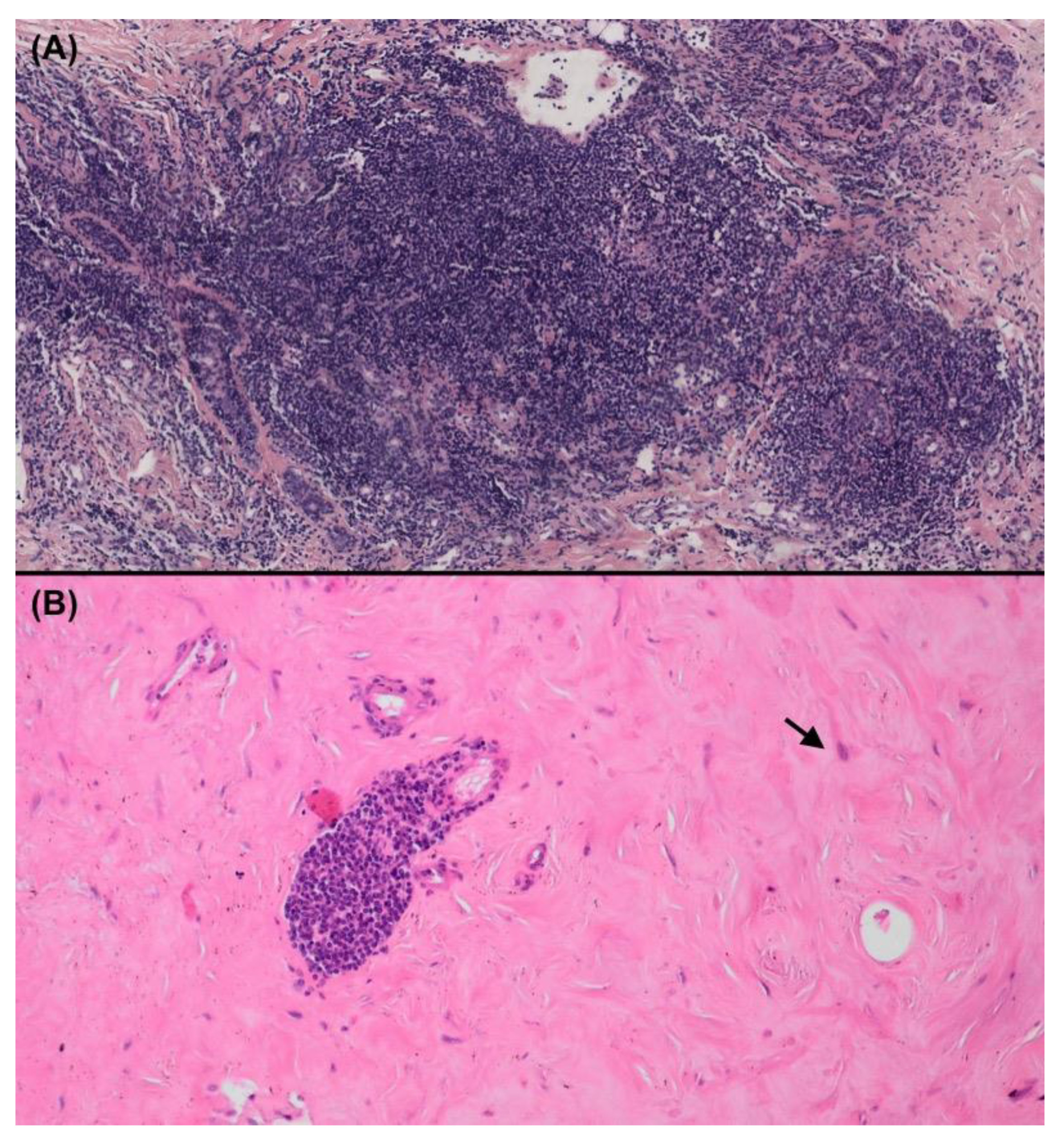
JCM, Free Full-Text
The Role of Establishing a Multidisciplinary Team for Idiopathic

Mammographic Signs of Systemic Disease
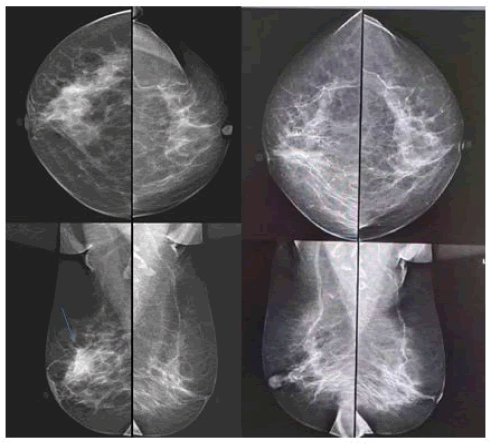
Radiological and Clinical Evaluation of Breast Lesions with

Granulomatous diseases of the breast and axilla: radiological

The Role of Establishing a Multidisciplinary Team for Idiopathic

Radiology–Pathology Correlation: Inflammatory Conditions of the

